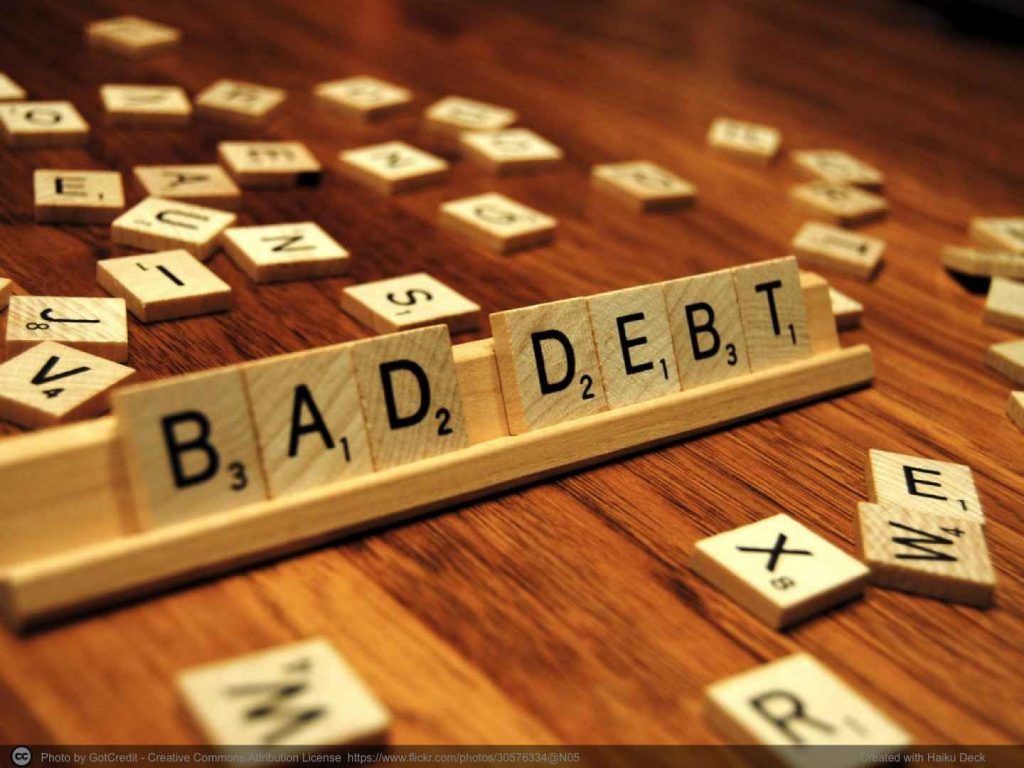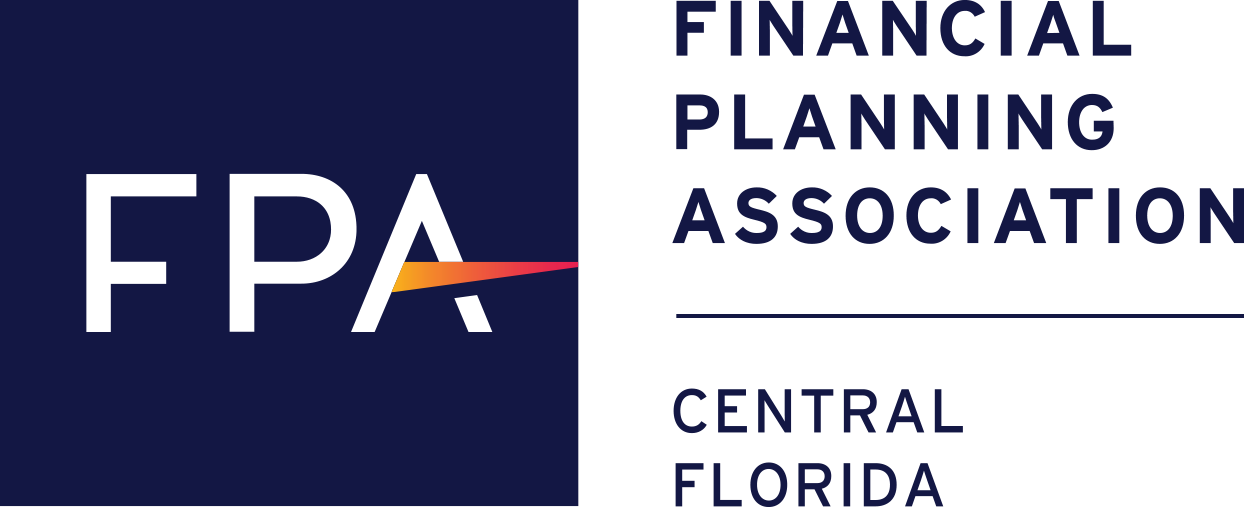
Good Debt and Bad Debt: Borrowers Are Better Off When They Know the Difference

Debt is truly a double-edged sword — a blessing when used thoughtfully and selectively but a curse when overused and relied upon indiscriminately, says FPA member and CERTIFIED FINANCIAL PLANNER™ professional Devin Pope of Albion Financial Group in Salt Lake City, Utah. “There is good debt, when it’s used as a positive tool that enables a person to acquire assets or skills that ultimately improves their financial standing, but that would otherwise not be attainable with capital on hand. That kind of debt generally makes sense for a person to carry on their balance sheet.”
On the flip side, there’s bad debt. That can be when a person takes on debt — and the extra cost typically associated with it, known as interest — without the means to pay off the debt in a timely fashion, according to the agreed-upon terms attached to that debt. Bad debt also can be debt a person takes on unnecessarily, when they could just as easily have used cash on hand to pay for an item rather than assuming the extra financial burden that interest brings, or simply if a person assumes additional debt to make what is clearly a frivolous, unnecessary purchase. Or it can be debt that a person takes on for the right reasons, but without adequate due diligence. Getting a mortgage makes good sense for a person acquiring a home, for example. But if that person could easily have found a mortgage with a significantly lower interest rate simply by shopping around a little, then their decision to accept the higher rate, and the tens of thousands of dollars in extra interest payments it may cost them over the life of the mortgage, turns that loan into something less than “good debt.”
With so much potentially at stake, anyone who’s either already a borrower or considering taking on debt in some form, via a car or student loan, mortgage, line of credit, credit card, etc., should have a clear understanding of the distinctions between good debt and bad. Here’s a look at the two sides — financially constructive and financially destructive — of debt. For advice on how to get the most out of the former and avoid the latter, or for help figuring out how to better manage debt or resolving a debt issue, seek out the support of a CERTIFIED FINANCIAL PLANNER™ professional. To find one in your area, consult the Financial Planning Association’s searchable national database at www.PlannerSearch.org.
Good (financially constructive) debt
Generally, student loan debt is constructive debt “because it enables you to acquire skills or knowledge that give you the opportunity to make more money,” says Pope. Essentially you’re investing to improve the value of your own human capital. Too much student loan debt can negate that added value and turn good debt into bad, however. More on that in a moment.
A home mortgage also generally falls into the good debt category, Pope says, pointing to the tax breaks that often accompany a mortgage, as well as the potential for that home to appreciate in value over the long term, which can make it a wise investment. Not all mortgage loans are created equal, however. More on that later, too.
Zero-interest offers on car loans, credit cards, etc., can represent a positive use of debt, provided the person assuming the debt takes advantage of the zero-interest benefit. Zero-interest means a loan or credit card charges no interest (often for a period of time). In the credit card scenario, transferring a balance on a higher-interest card (many cards carry rates of 10 to more than 20 percent) to a zero-interest card can save hundreds, even thousands of dollars. A zero-interest auto loan also can save a person significant amounts of money in interest over the life of the loan. With such a loan, it might also make sense to use less money for the loan down payment at the time of purchase and use the money for another constructive purpose, such as to apply it directly to the balance owed on a high-interest credit card, for example. Essentially, you’re taking on more debt, but at no additional cost (interest), which in turn frees up funds to pay down a debt that will mount (compound) much more quickly because of the higher interest rate. That money also can be used to build an emergency savings fund, or to invest in a retirement plan, notes Pope.
Sometimes Good, Sometimes Bad Debt
Credit card debt generally is neither good nor bad, says Pope, it’s merely a tool that increases a person’s purchasing power. But that comes with one big caveat: The credit card holder must commit to paying off all or most of the card balance each month. By doing so, they not only avoid running up a large and mounting balance (due to compounding interest), they build their credit score as a result of their positive payment track record, which in turn helps to secure lower rates on a mortgage, car loan, etc. — compound benefits, if you will.
On the other side of the coin, failing to pay down credit card balances in a timely fashion can quickly turn credit card debt into bad debt. The balance on a credit card that carries a 20% interest rate can grow unexpectedly fast, creating a debt hole that can be difficult to climb out of.
Bad (financially destructive) debt
“Bad debt,” explains Pope, “is debt that has no future benefit.” For the debtor, bad debt not only lacks any benefit, it also can bring serious and lasting financial headaches.
Debt taken on for purely discretionary reasons — vacations, an upgrade to a better TV, etc. — generally is bad debt, says FPA member Scott A. Bishop, CFP®, of STA Wealth Management in Houston, Texas. “If these things are important to you, save up your money and cut back expenses elsewhere and save up. Then use your cash to pay for it.”
Credit card debt can turn destructive particularly when the person carrying that debt lacks the cash on hand to pay off card balances in full or almost in full each month. Given the high interest rates that many cards carry, those balances can quickly escalate (due to compound interest) and become problematic.
Credit card debt often becomes a problem for people who rely on plastic to cover basic expenses. In a recent poll, CNBC Make it found that for almost one-quarter — 23% — of Americans, basic necessities like rent, utilities and food contribute most to their credit card debt. Another 12% say medical bills are the biggest portion of their debt. Using credit cards to cover basic household expenses should be an absolute last resort, says Pope.
A lack of awareness could be part of the problem. In a separate survey by U.S. News & World Report, 21% of consumers didn’t know if they have debt and 30% were unaware of how much credit card interest they pay each month. Meanwhile, 24% were found to be carrying credit card balances exceeding $10,000. Among those polled, 13% say credit card debt causes them to struggle to make ends meet.
Too much student loan debt can turn into bad debt, especially in cases where a person, once they leave school, lacks the earning power to pay down their debt obligation or are so financially hamstrung as a result of that student loan debt that they can’t meet other basic financial obligations, such as covering monthly expenses.
A home mortgage also may fall into the “bad debt” category, in cases where an individual or couple take on more debt than they’re comfortable assuming or capable of paying off. Psychologically, carrying a certain level of debt can create undue stress for a person or a relationship, for example. In others, a mortgage debt may push a couple or individual too close to the margin financially, where an unexpected large expense or development (such as a lost job) can render them unable to meet their debt obligations. Committing to an adjustable-rate mortgage, where the borrower assumes the risk that the interest rate on the loan may fluctuate and potentially increase significantly, burdening them with much higher payments, can also be a form of bad debt, particularly if the individual or couple hasn’t taken steps in advance to ensure they can cover those potentially higher payments.
In cases such as these, debt does indeed become a four-letter word, rather than a constructive financial force in a person’s life.
September 2019 — This column is provided by the Financial Planning Association® (FPA®) and FPA of Central Florida, the principal membership organization for Certified Financial PlannerTM professionals. FPA seeks to elevate a profession that transforms lives through the power of financial planning. Through a collaborative effort to provide members with tools and resources for professional education, business support, advocacy and community, FPA is the indispensable resource in the advancement of today’s CERTIFIED FINANCIAL PLANNER™ professional. Please credit FPA of Central Florida if you use this column in whole or in part. The Financial Planning Association is the owner of trademark, service mark and collective membership mark rights in: FPA, FPA/Logo and FINANCIAL PLANNING ASSOCIATION. The marks may not be used without written permission from the Financial Planning Association.
